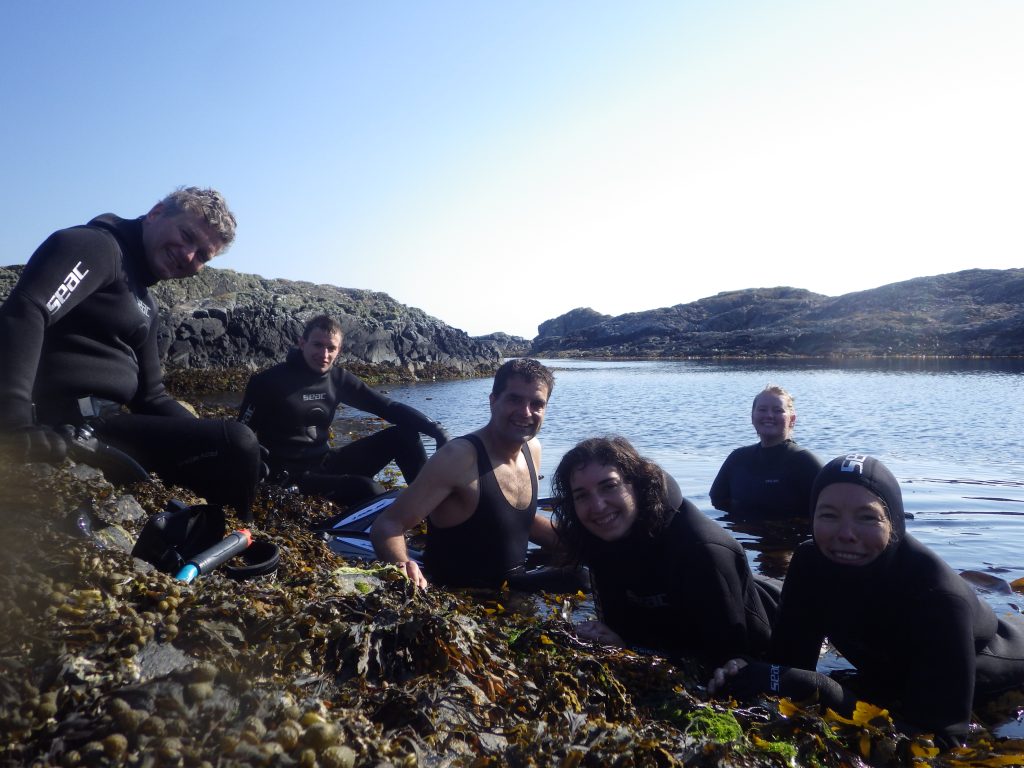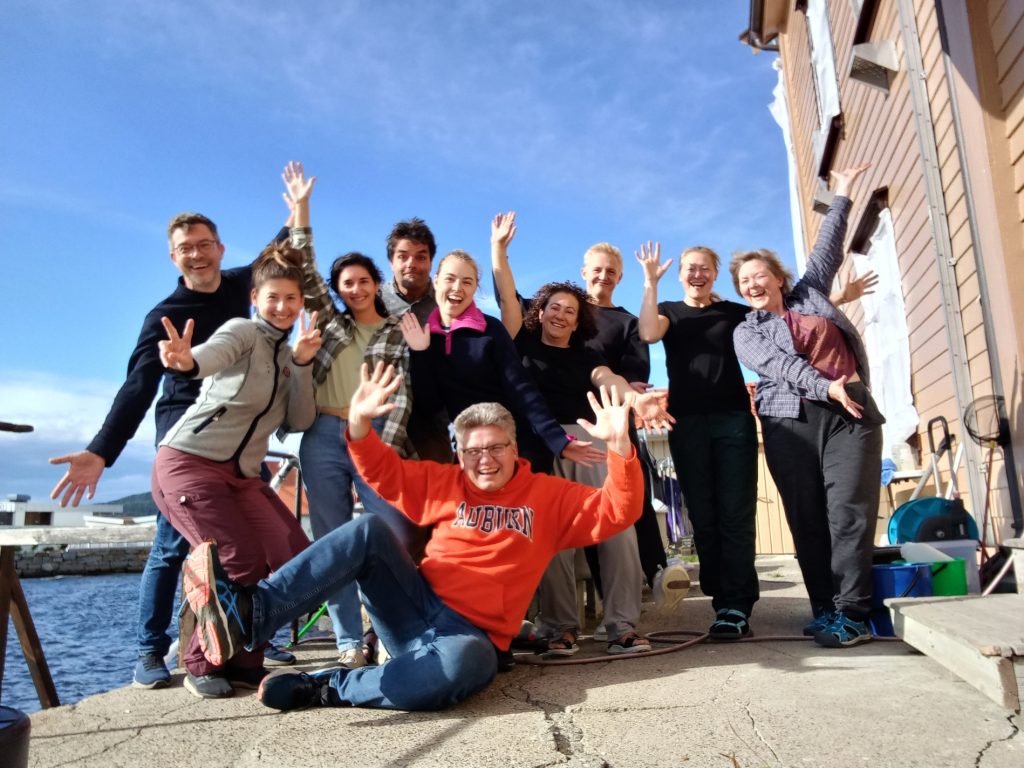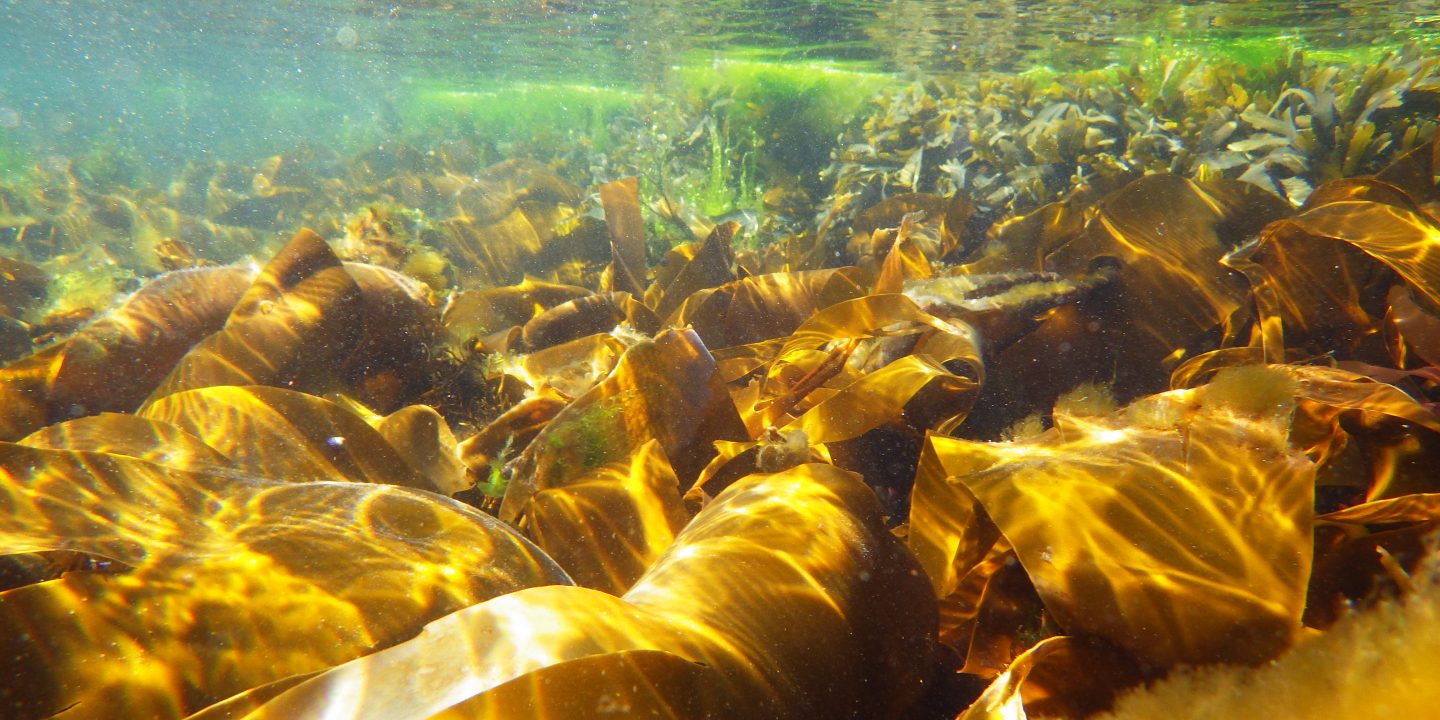The first ArtsDatabanken of our group member Torsten Struck finished successfully this month. The project was “Biodiversity in the marine algae belt” together with collaborators from the University of Skøvde (Sweden), University of Gothenborg (Sweden), Humboldt-University Berlin (Germany) and University of Bonn (Germany). The project started four years ago and we learned a lot.

The marine algae belt comprising kelp forests, sea grass meadows and rocky reefs with coralline red seaweeds is one of the most active primary producing environments in the sea. It also harbors a great diversity of animals including sea squirts, ribbon worms, nick worms, serpulid worms, spionid worms and skeleton shrimps. The species of these groups occupy important ecological functions as herbivores, predators and filter feeding organisms and can be sessile or agile as well as solitary or colonial. Globally these taxa comprise more than 7,000 species with around 250 species documented from Norwegian waters. Despite this, the knowledge about their taxonomy and distribution in Norway was at best poor and in dire need of improvement. Specimens in museum collections are often quite old material, which additionally is often wrongly determined due to unresolved taxonomic issues including the high degree of cryptic species in these groups. Besides cryptic species, many of these taxa include invasive species causing among others high economic damage in aquaculture and ship transportation due to biofouling.

This is why we conducted a field inventory and collected species of these taxa in Norway (from the Skagerrak up to Tromsø). In 2021, still under Covid restrictions we visit a field station in the Trondheim region and in 2022 followed visits to Austevoll and Tromsø. With morphological and molecular methods, we determined the species and learned more about their distribution and their association with Norwegian nature types. These efforts resulted into the record of 624 collection samples with 944 specimens of 73 species from these animal groups and 43 localities in Viken, Trøndelag, Vestland, and Troms og Finnmark comprising 19 Norwegian nature types. Our results show that we have found 3 species and 1 subspecies, which are new to Norway, and at least 10, which are new to science, but there may be 7 additional ones. However, many of these findings require now that the initial detection is followed up by more thorough research including detailed integrative taxonomic revisions for each of the potentially new species. With 17 candidates to be investigated, the work does not also the project is finished but it now shifts over into a new phase, which is as intensive as the first one. This is the way how science works. Besides our target group, we also found several specimens of species of other groups in our samples and preserved them for future research and as a record to be stored in our scientific collections. Even more work is waiting for us and others.

Our results have also ramification for the spread of the invasive species Caprella mutica along Norwegian coastlines. Given our results, Caprella mutica might be much more spread along the Norwegian coastline and might have already replaced many of the native species in the depth range of our project. Additionally, Caprella mutica does not only occur in harbors or similar human-influenced environments or close to them, but also in seven natural habitats including all the habitats targeted by our project. This is in contrasts to the previous records for Norway. Similarly, Caprella acanthifera has its normal distribution in Southern regions up to areas around Stavanger, but we found also records in the Bergen and Trondheim regions indicating that it is spreading towards Northern regions. These were the results of the Master thesis of Line Willesrud and this shows the importance of detailed follow-up studies on our first results to be able to draw solid conclusions including detailed morphological studies.

Finally, a major goal of our project was also to transfer the competence of the senior scientist of the project to younger colleagues increasing the knowledge basis in Norway and the North. First, internally we had planned an intensive training of the technician Ana Teresa Capucho at the expert collaboration partners in Germany. This training comprised also a component with live animals on the German North-Sea island Helgoland, which was directly followed by stays in Berlin and Bonn to learn more about the morphology of these species. Second, due to participation in field trips two PhD students and a PostDoc were also trained in all aspects relevant to this project (e.g., snorkeling, habitat conditions, species identification and fixation). Third, due to the two UiO:Life Science summer projects in two consecutive years four Bachelor students were trained in all aspects relevant to the project as well including generating DNA barcodes from the material they obtained. The poster by the students from both years presenting the results of their summer projects won the best presentation prize at the symposium presenting all the UiO:Life Science summer projects. By means of these symposia, knowledge about our project and its results was presented to students and researchers from different life science disciplines including medical science and humanoria. Fourth, a Master student conducted her Master thesis on a topic of the project. She worked on the caprellids of this project and conducted the molecular identification. She also joined us for the field trips. Finally, in August 2023 we conducted a field course for Master and PhD students as well as environmental consultants supported by ForBio at the marine station in Drøbak. This included all aspects from collecting in the field to morphological identification. Especially, the consultants were very positive about such a course as it increased their knowledge foundation for their daily work, and they aim of incorporating some the learned techniques and methods into their own work routines.
![]()

1 Comment on “First ArtsDatabanken project successfully finished – now the work begins”